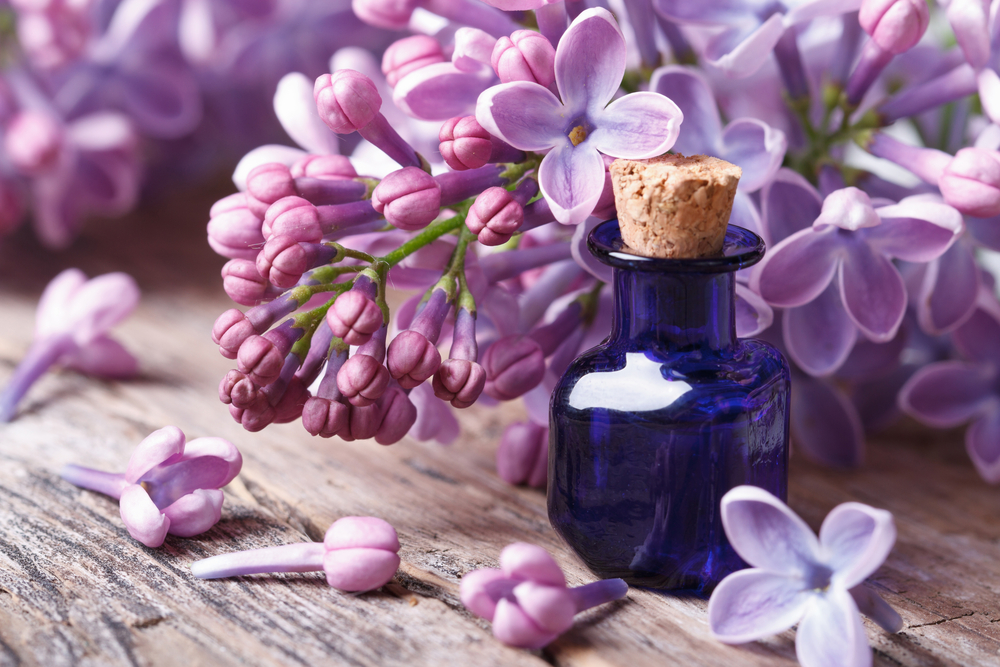The Process of Extracting Essential Oils

Essential oils are an increasingly popular ingredient to include in skincare products. This is partly due to their ability to add appealing fragrance and partly due to the ability to add natural sources of various skin healthy nutrients. The appeal of some essential oils is so great that some people advocate directly applying them to your skin. It isn’t the best advice given the concentration of some essential oils can actually damage the skin. For all the focus on these oils, many people don’t have any idea how they are actually extracted from their source. As it always helps to know more about the ingredients going into your skincare products, we’ve put together a quick primer for those interested in knowing about the processes used in extracting essential oils.
Expression
This method is sometimes known as “cold pressing” and is one of the simpler methods used to extract essential oils. Historically, expression has been achieved in a number of ways. It began as a gradual process done by hand utilizing a sponge and pressure. It evolved over time into more interesting methods that were as artful as they were potentially dangerous to the people involved. Modern expression is typically far safer for the people involved as it is largely managed by machines. Appropriate pressure being applied to the product the oil is being extracted from is ultimately all that is required. This is typically done through centrifugal force without needing human hands anywhere near the actual process.
Distillation
As by far the most common extraction method, distillation is practiced all over the world. It has also been subjected to various refinements over the years, but in many ways is far more unchanged than expression. It depends largely on introducing the ingredient being distilled to some combination of water and steam to help break down the compounds in the ingredient. The exact mixture depends on the initial ingredient as different methods of distillation work best for particular classes of ingredients. Once the distillation is over, the by-products are removed from the tank and the oils are harvested. Processing ingredients to get essential oils is much more taxing than the tasteful little bottles seem to imply. There is as much art and science to it as the creation of any other beauty product.
Is There A Difference?
Many of us are quality-minded when it comes to selecting our products. The different methods of extraction often leave people wondering if there are particular benefits of drawbacks to a chosen methods. As we highlighted, all of these methods have their own purposes when it comes to helping to extract essential oils. No one form of extraction works for everything. There are subtle differences in aroma and chemical makeup between methods though when an ingredient can be subjected to more than one form of extraction. These vary from oil to oil though and as a result are hard to pin down in even the broadest terms. No method of extraction actually results in an inferior product as long as those performing the extraction are competent professionals. There can be issues with quality when it comes to anyone attempting “do-it-yourself” forms of extraction as they lack the quality control of trained professionals.
Extracting essential oils is an interesting task. The right combinations make all the difference when it comes to getting particular essential oils. None of these methods of extraction are unchanging. People continually try to refine them and find better methods to enhance the products. There’s a lot of work involved in improving these processes. So enjoy your essential oils as it took a lot to bring you the beautiful scents and benefits they represent.

